Originally, Linux was just a Unix-like kernel developed by Linus Torvalds in 1991 and then released for free in 1992.
Later it was combined with GNU, created by Richard Stallman, to form GNU/Linux, which is the full "Linux" operating system we know today.
Ultimately, all Linux distributions such as Debian, Ubuntu, CentOS, Fedora, and so on are all just variations of GNU/Linux (but all of these distributions tend to have different target audiences and slightly different focuses).
Anyway, with a bit of customization, you can essentially make any Linux distribution look and feel nearly identical. That's just the open-source Linux nature.
Especially once you start customizing your desktop environment
Your Linux desktop environment (outside of a server that needs no GUI) is what makes up the majority of your user experience.
It's what you'll deal with every day to accomplish your tasks. For all intensive purposes, your desktop environment is what makes up your operating system.
It's something you definitely want to get right. You want your desktop environment to work for you, not against you.
However, there are a lot of choices out there for Linux desktop environments, and it can be a good thing or a bad thing. It's difficult to decide with that many options.
That said, our goal today is to help you with that decision.
But first, let me break down the basics for you:
Everything starts at the kernel
At the heart of every Linux system lies the kernel. This core component acts as the crucial interface between a computer's hardware and its software.
It's the kernel's job to manage resources like memory and CPU allocation, oversee file systems, and control peripherals such as keyboards and printers.
In essence, the kernel is the fundamental layer that enables the software to interact effectively with the hardware.
Next comes GNU and the distribution
Building on this foundation is the concept of a Linux distribution, often simply called a "distro".
A Linux distro is much more than just the kernel; it's a packaged collection that includes the Linux kernel along with a variety of software applications and tools.
Many of those tools were contributed by The GNU Project, such as bash, grep, gzip, screen, etc.
Together, these elements form the backbone of Linux systems.
The kernel ensures efficient hardware management and process control, the Linux distributions bring together the kernel with a curated selection of software to provide a full-fledged operating system, and GNU adds the layer of tools and utilities that make the system practical and usable.
This synergy is what makes Linux-based systems versatile, powerful, and adaptable, ultimately providing a complete operating system ready for use.
Then comes the Linux desktop environment
As I mentioned earlier, what makes up a huge majority of the user experience is the desktop, which, in the case of Linux, all comes down to the desktop environment you choose.
A desktop environment is essentially the graphical user interface (GUI) layer that sits atop the core Linux operating system.
It's the part of the system you interact with visually, including elements like the desktop background, icons, windows, menus, and toolbars.
Each desktop environment offers its own unique style, feel, and functionality, shaping the user's experience and interaction with the underlying Linux system.
From the way you launch applications to how you manage files and customize your workspace, the desktop environment plays a pivotal role in defining the look, feel, and functionality of your Linux experience.
Alrighty, now that you understand how everything works, let's dive into the comparison:
The 10 best Linux desktop environments
1) MATE
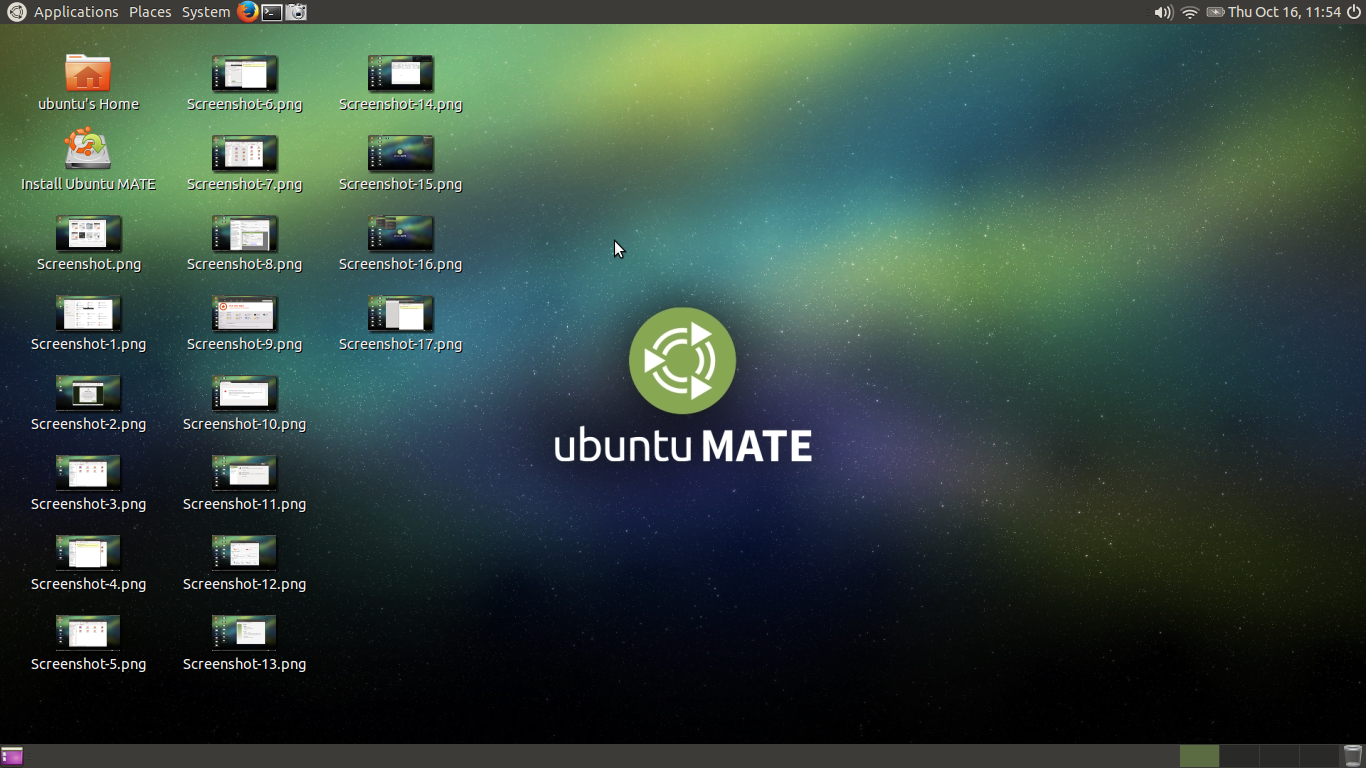
Starting with MATE, it's like the comfort food of desktop environments.
Evoking nostalgia, it's a continuation of GNOME 2, offering a traditional desktop layout that's simple and efficient.
If you're into something that feels familiar yet lightweight, MATE is your go-to.
It's particularly kind to older computers, making it a practical choice for those who don't have the latest hardware.
2) LXDE
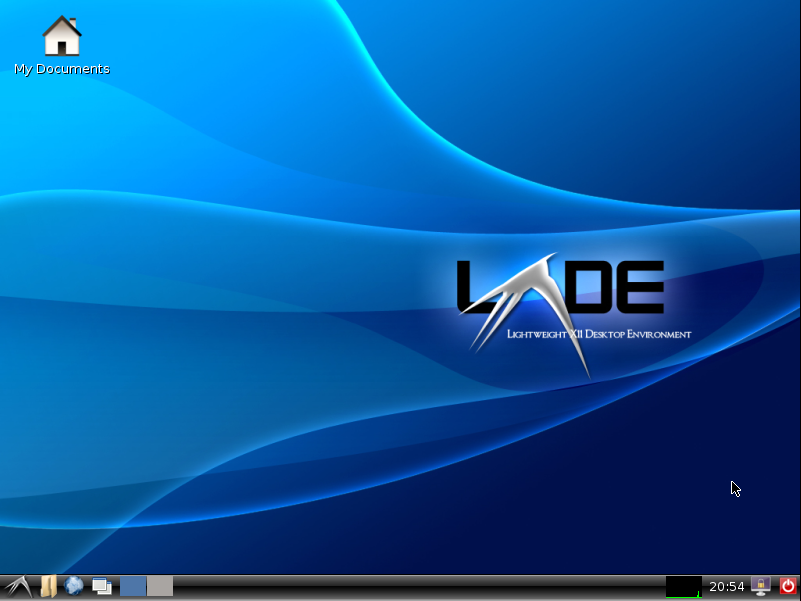
Then there's LXDE, the minimalist artist of the group. It's incredibly light on resources, which makes it ideal for older machines or anyone who values speed and efficiency over flashy aesthetics.
With LXDE, you get a no-frills, functional environment that’s fast and responsive.
3) Deepin
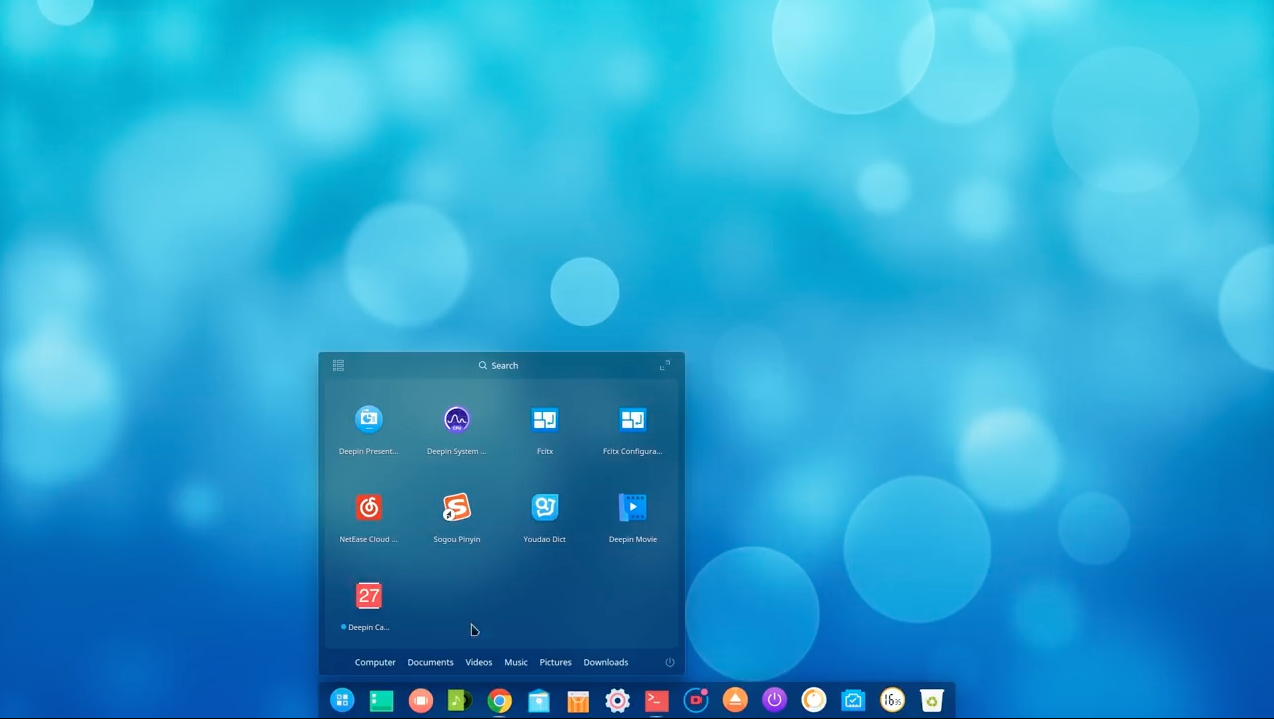
Deepin stands out with its visually stunning design.
It focuses on simplicity and elegance, with a control center that makes managing everything a breeze.
4) Cinnamon
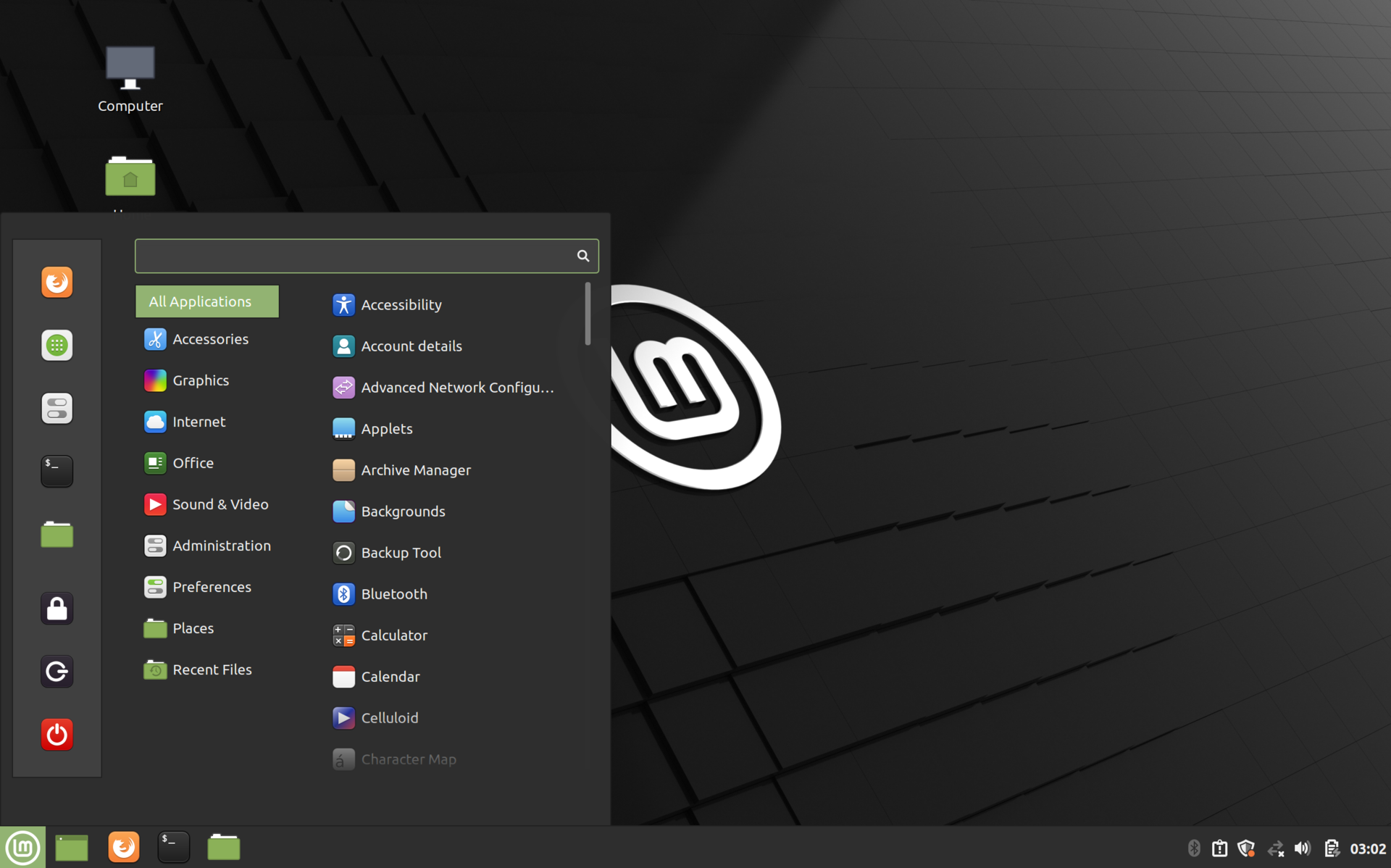
For those who love a mix of the old and the new, Cinnamon is a fascinating choice.
It began as a fork of GNOME and now offers a user-friendly interface that blends traditional elements with modern functionality.
It’s particularly appealing to users transitioning from Windows, thanks to its familiar layout.
5) Budgie
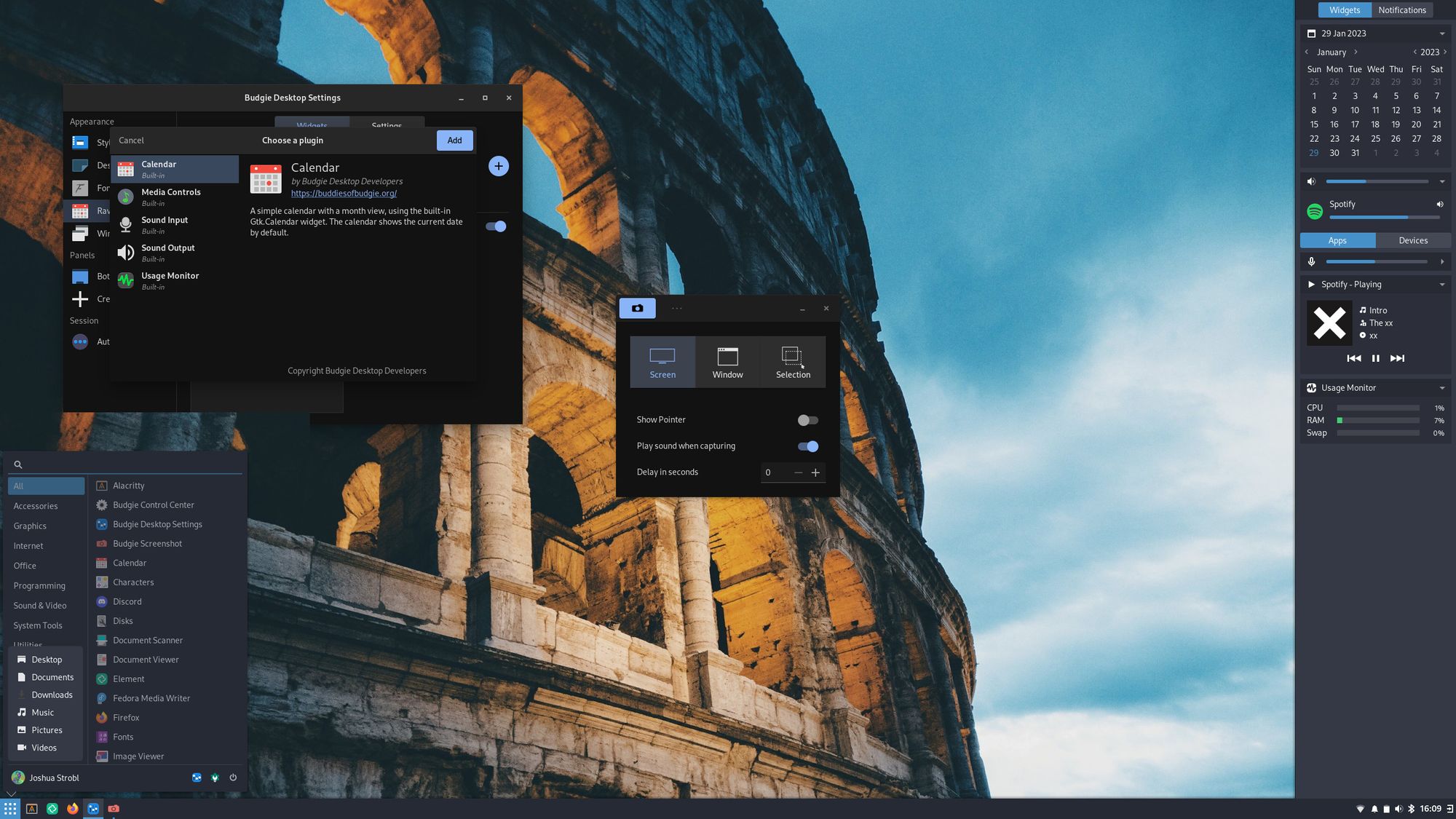
Budgie is the cool, modern kid on the block.
Created by the Solus project, it's known for its elegant user interface and efficient performance.
Budgie is versatile, working well on both older and modern hardware, and offers a clean, intuitive experience.
6) LXQt
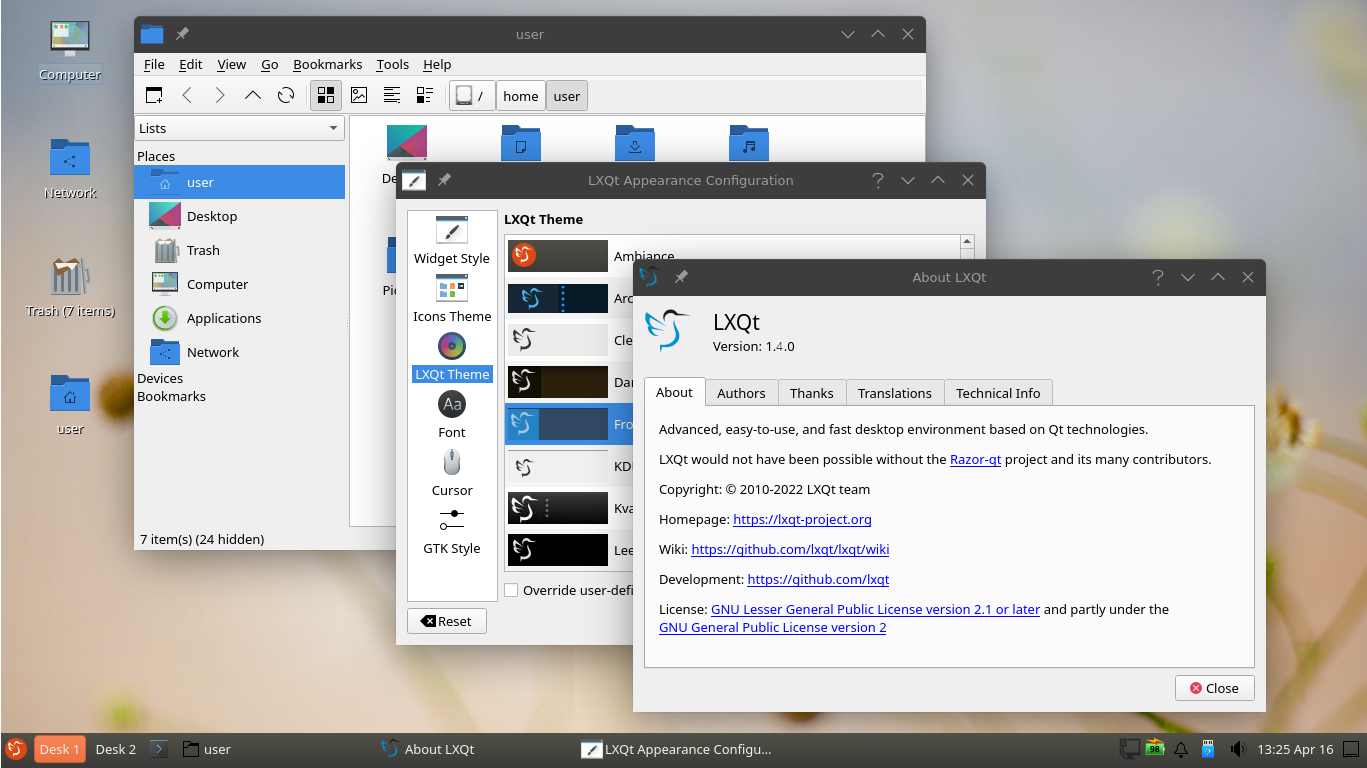
If you're operating on older hardware or prefer something that doesn’t demand much in terms of system resources, LXQt could be your ideal match.
As the successor to LXDE, it maintains the ethos of being lightweight and fast, perfect for systems with limited capacity.
7) XFCE
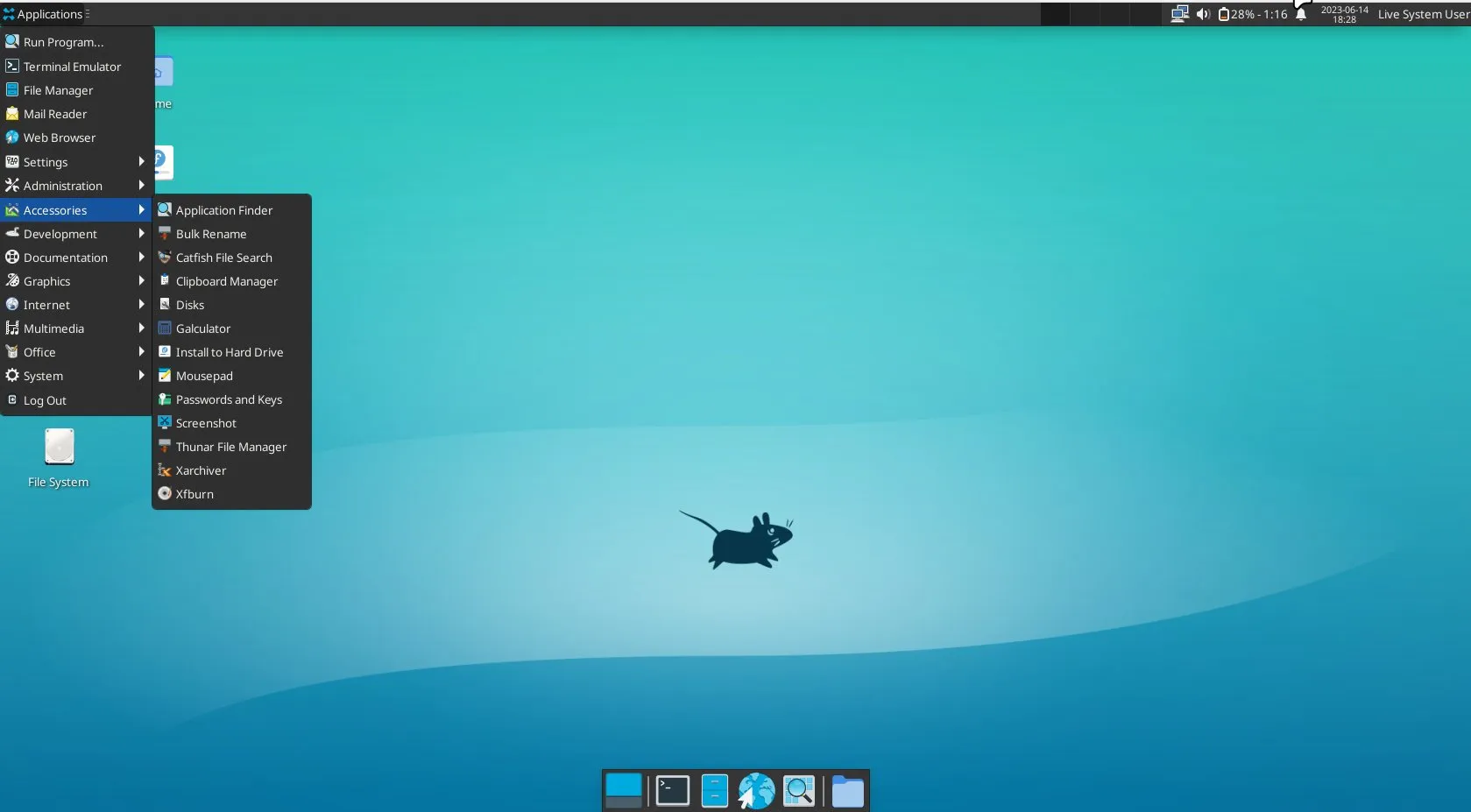
XFCE is like a reliable, steady friend who's always there for you.
It’s known for being simple, lightweight, and highly efficient, making it another great choice for less-powerful computers.
XFCE doesn’t offer advanced customization, but it’s a solid, dependable environment that gets the job done.
8) GNOME Flashback
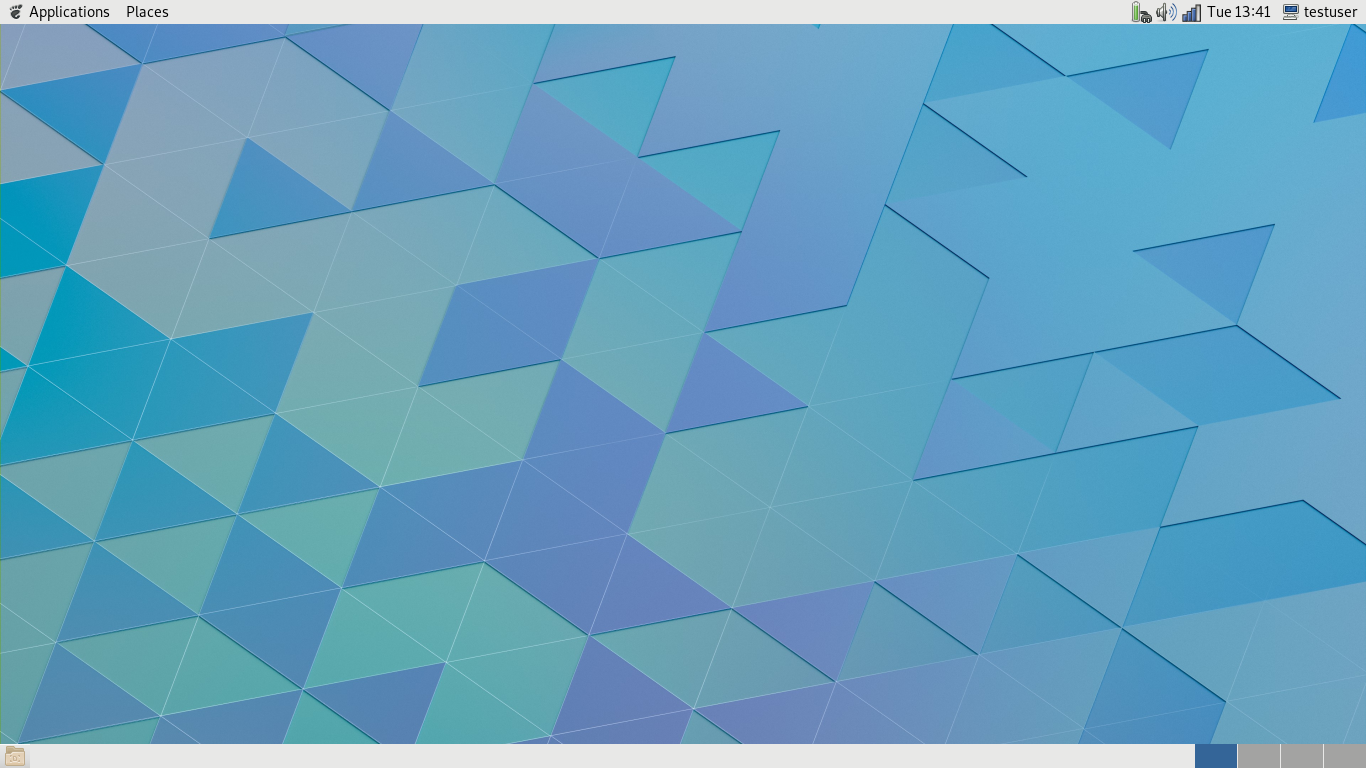
For those who miss the classic GNOME experience, GNOME Flashback offers a trip down memory lane.
It’s a fork of the older GNOME 3 shell, using GNOME 2’s layouts and principles.
It’s super light on resources, making it a great option for older hardware.
9) Unity
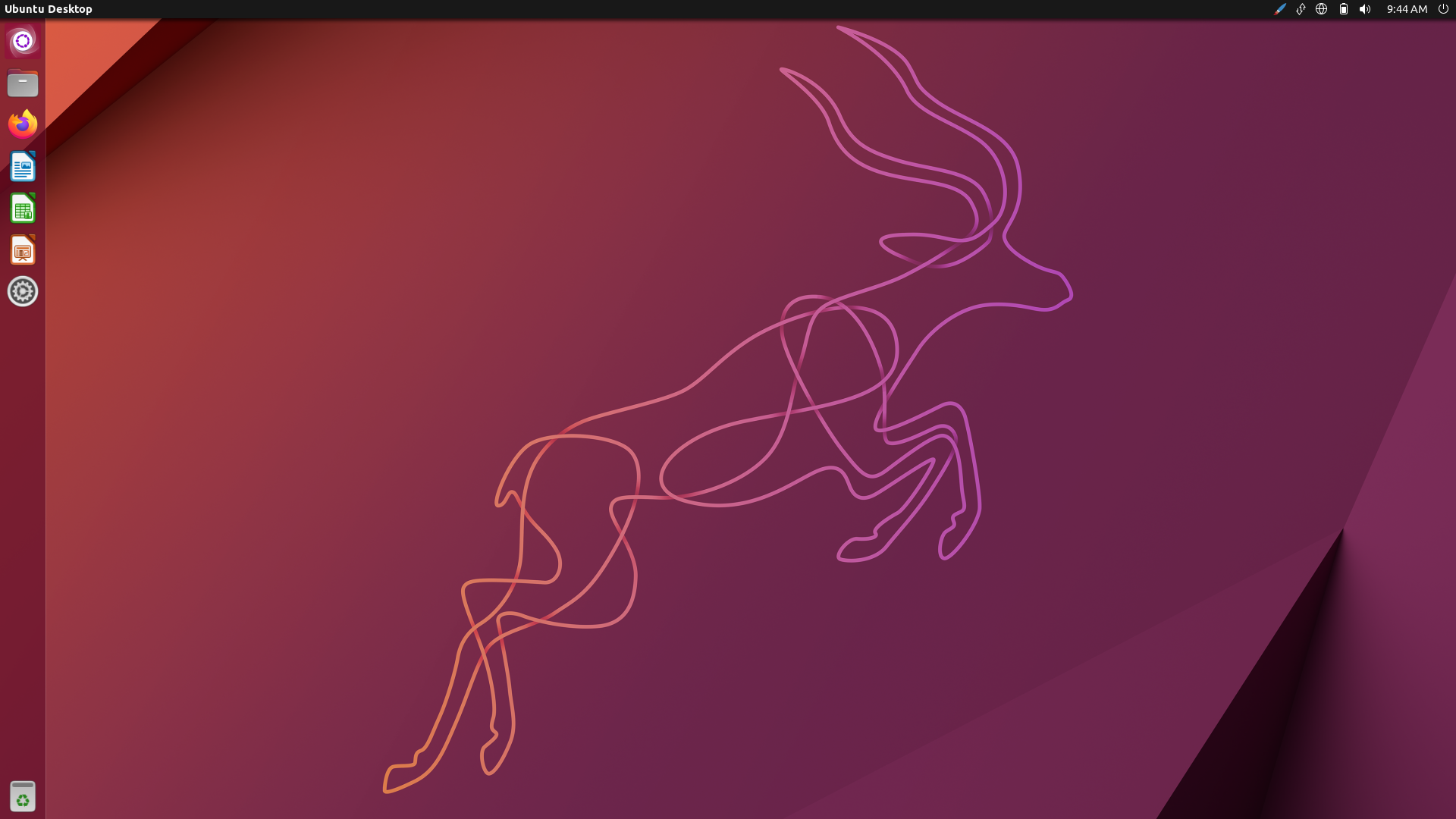
Unity, despite being discontinued, still has a loyal following. Known for its user-friendly interface and customizable features, it’s a community-maintained project that sits atop the GNOME desktop environment.
It’s especially favored by users who appreciate its blend of functionality and aesthetics.
10) Enlightenment
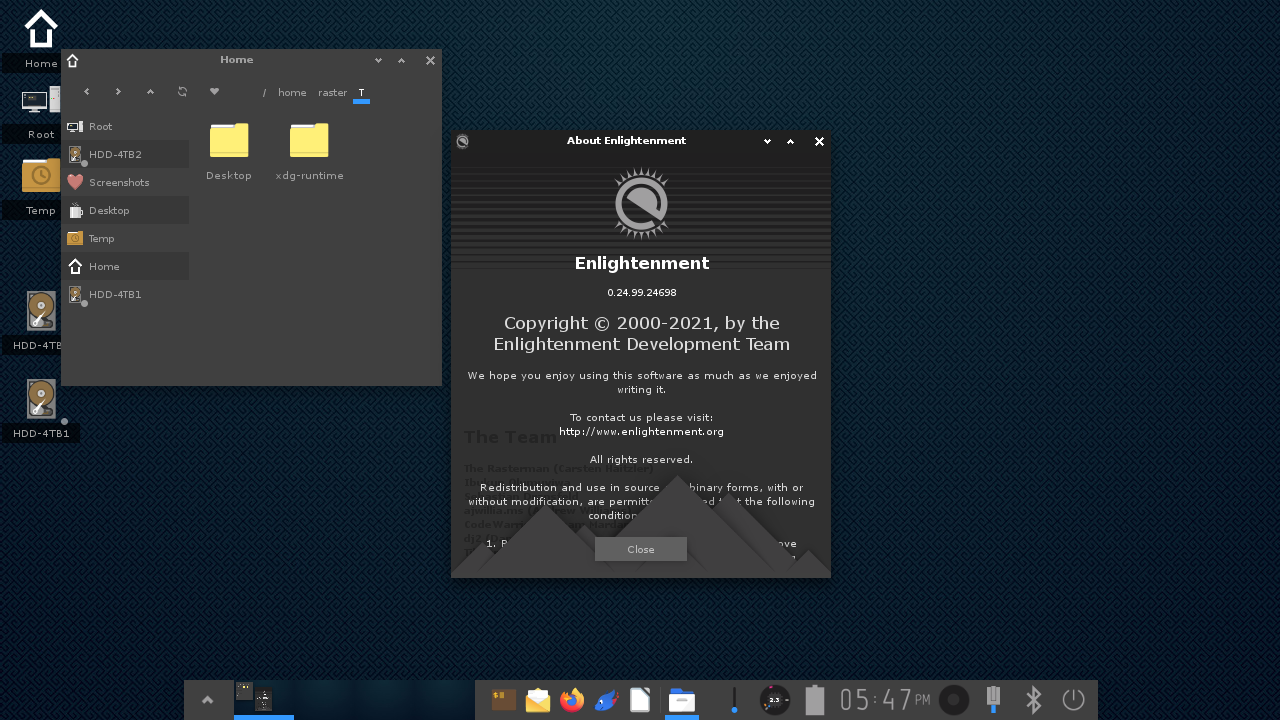
Enlightenment offers a unique blend of efficiency and visual appeal.
It's lightweight and customizable, with a focus on modern device support.
Ideal for those who want a balance between performance and aesthetics.
So, what's the best Linux desktop environment?
At the end of the day, each of these environments has its own personality and strengths.
Whether you're looking for something lightweight and efficient like MATE or LXDE, something visually stunning like Deepin, or a balanced mix of old and new like Cinnamon, there's a Linux desktop environment tailored to your needs and preferences.
The beauty of Linux lies in its diversity, allowing users to choose an environment that best suits their style and system requirements.
Why not try them all?
Looking for a testing environment or a remote desktop?
If you're looking for a quick and easy way to test any Linux distribution or any of these desktop environments, then xTom would love to help.
We're a global hosting provider with lots of solutions. In this case, our virtual private servers that start at just €6.95 per month would be perfect for you.
These also include dedicated IPv4 addresses, so you could set up a Linux desktop environment using your preferred distribution and then use a solution like NoMachine (we posted a tutorial on setting this up here) to flawlessly connect to it as if it were local.
Other ways xTom can help
Outside of testing Linux desktop environments, and setting up a Linux remote desktop for less than the price of a cup of coffee, we also provide many different infrastructure-related services.
Nowadays just about everyone and their dog has a website (you should have one too!), the good news is you can create your website for just €19.95 per year over right here.
Outside of that, you can review other ways we can help out here.
Thanks for reading!